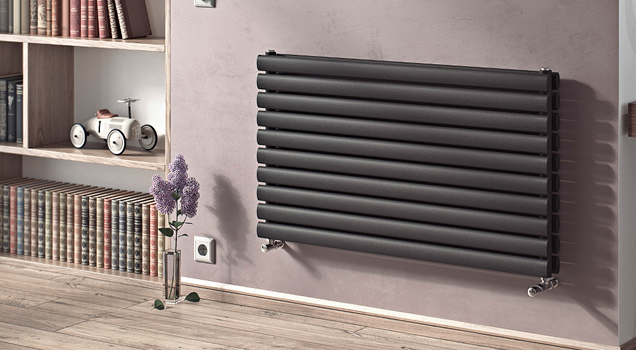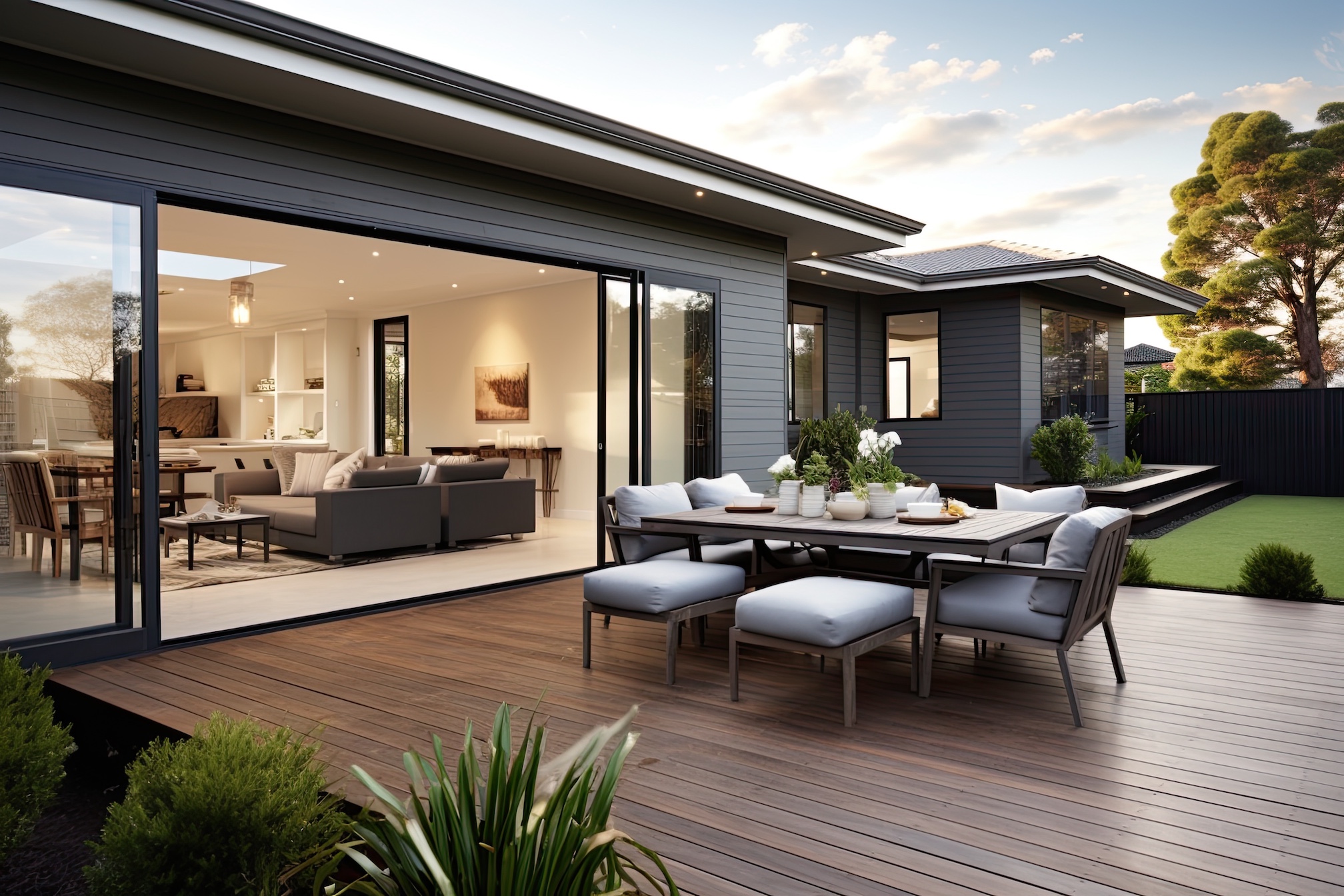
When you choose a designer radiator, you can provide your room with warmth while still enhancing the overall look of your home. There are different types of designer radiators online, including column, convector, towel-warming, and panel radiators. Each of these adds an element of beauty to your home while still providing warmth.
If you want help choosing the best radiator for your home, we have gathered the top ten tips that you should consider when shopping for a designer radiator.
-
The Application Location
– The first thing you need to consider is where you will use the designer radiator. Will you install it in the bathroom, bedroom, living room, kitchen or hallway? Each room will help determine the best radiator as far a sheat output, style and size. Radiators come in a variety of shapes and sizes, so you are sure to find the perfect one for your room. There are so many radiators to choose from, including vertical and horizontal radiators, so you can rest assured that you will be able to find one to suit your needs.
-
Electric or Water Heated Radiators?
– There are several things to consider when choosing between an electric and water-heated radiator. For example, although electric radiators cost more to run and can experience electrical faults, they are typically easier to install than their water-based counterparts. Water-heated radiators provide warm moist heat that helps to keep your home warm throughout and helps prevent hot and cold spots in your room.
-
Space Saving Design
– If your room is an irregular space or the space is limited, you can order made-to-measure radiators. If you are experiencing any size limitations, then a designer radiator may be your best choice.
-
How big is Your Room?
The size of your room will determine whether you need more than one radiator. Take a look at how the room is currently heated and determine if a different configuration would work out better. Sometimes it is better to use two radiators on different walls. Other times it may be better to use only one radiator.
-
How Much Output Do You Need?
In order to determine the amount of BTU (British Thermal Units), you require, you will need to tell your provider how many walls and windows you have in the room. Another option is the Strebel calculator. You can find it here and calculate the number of BTUs needed for your room.
-
What is Your Budget?
There are many different types of radiators (towel warmers, designer radiators, vertical radiators, horizontal radiators and standard radiators), each with their own price. If you have a larger budget, you can choose custom made radiators that fit your room size. Another option is a thermostatic valve that helps the radiator run efficiently and lowers utility bills.
-
Convector Fins
– Convector fins are located in the middle of the radiator or behind it to increase the heat output and efficiency of the unit. Choosing a radiator with convector fans is a personal choice. If you want convector fins on your radiator, you will need to determine if you want them hidden or in plain sight.
-
Standard versus Designer Radiators
– A designer radiator does not cost much more than a standard one. Designer tall and thin kitchen radiator options can impact the overall look of your room. Take a look at the location of the radiator to determine the style and colour of the radiator that will work best for your room.
-
Double and Single Sided Radiators
– A radiator can have one or two panels. These panels are where heat radiates from and enters the room. A single-panel radiator will not release as much heat as a double-panel radiator. Single-panel radiators are excellent for smaller rooms, while double radiators are the best choice for larger rooms.
-
Cast Iron versus Aluminum Radiators
– Cast iron radiators are heavier and cost more than aluminium. Cast iron takes longer to heat up but retains heat for longer. Aluminium radiators heat up quickly but cool down faster.




 POSTED BY
POSTED BY 

